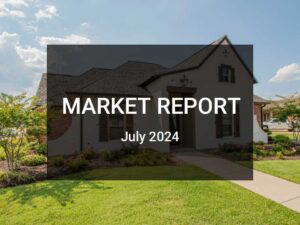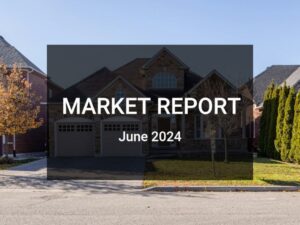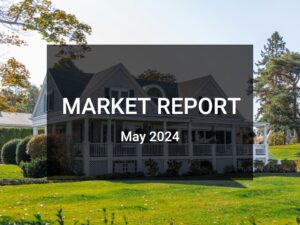After surging lower yesterday, mortgage rates managed to hold on to most of those improvements, ending a week that stands as a welcome push back against the previous week–one of the worst ever. On average, borrowing costs were slightly higher today, though some lenders offered positively revised rate sheets with lower costs vs yesterday. Trading activity was volatile in that the movement between highs and lows happened quickly and frequently, but was contained by a narrow range relative to recent sessions. This allowed the 30 yr Fixed best-execution to remain at 4.5%.
Interest rates in general (not just mortgage markets, but in US Treasuries as well) made a very equivocal statement to end the week/month/quarter with respect to long term ranges. Back in mid 2010, rates had fallen rapidly to end up in roughly the same territory they are now. Markets spent several months poking and prodding in this range before ultimately moving higher into the end of the year. When rates began falling significantly in mid 2011, it was the first major stopping point where the downward momentum paused for consolidation. Since then, we’ve only come close to that range twice before re-entering it in recent weeks.
When any financial instrument, including rates, shows a pattern of being more likely to “bounce” at a certain level versus moving through those levels, it’s called an “inflection point.” When we look back on our current visit to this inflection point (months from now), we’re more likely to see that rates have either bounced lower for a time, or that this week was one of those “pauses for consolidation” before continuing in the same direction.
The likelihood of either path stands the best chances of being determined by the major employment data in the near term. The first such report is out on Wednesday of next week, but the big one is on Friday, a week from today. As for today, while it did help end the week on a positive note, it certainly left the longer term trend up in the air, and very much at the whim of next week’s data.
Though markets have exhaled somewhat, and moved partially back lower in rate, the overall move of the past 2 months is one of the fastest ever in terms of the pace of change.
Today’s Best-Execution Rates
- 30 YR FIXED – 4.5%
- FHA/VA – 4.25%
- 15 YEAR FIXED – 3.625%
- 5 YEAR ARMS – 2.875-3.375% depending on the lender
Ongoing Lock/Float Considerations
- After rising consistently from all-time lows in September and October 2012, rates challenged the long term trend higher, but failed to sustain a breakout
- Uncertainty over the Fed’s bond-buying plans is causing immense volatility in rates markets and generally leading rates quickly higher
- Fears about the Fed’s bond-buying intentions were proven well-founded on May 22nd when rates rose to 1yr highs after the Fed indicated their intention to taper bond buying programs sooner vs later
- The June 19th FOMC Statement and Press Conference confirmed the suspicions. Although tapering wasn’t announced, the Fed made no move to counter the notion that they will decrease bond buying soon if the economic trajectory continues
- Rates Markets “broke down” following that, as traders realized just how much buy-in there was to the ongoing presence of QE. These convulsions led to one of the fastest moves higher in the history of mortgage rates and market participants have not been eager to be the among the first explorers to head back into lower rate territory until they’re sure they’ll have some company.
- (As always, please keep in mind that our Best-Execution rate always pertains to a completely ideal scenario. There are many reasons a quoted rate may differ from our average rates, and in those cases, assuming you’re following along on a day to day basis, simply use the Best-Ex levels we quote as a baseline to track potential movement in your quoted rate).
SOURCE: www.mortgagenewsdaily.com







